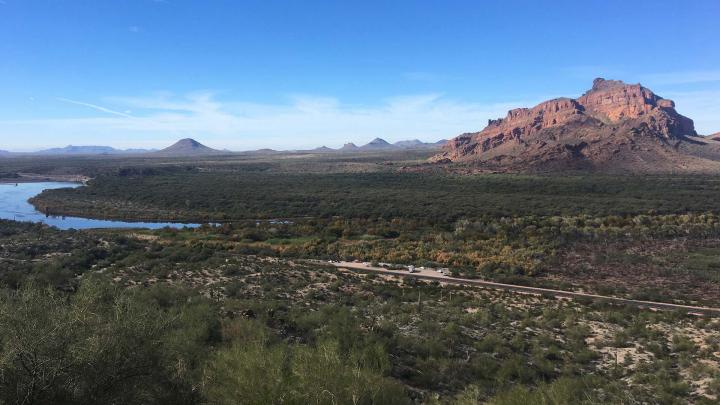
Enlarge / In 2020, Intel partnered with the National Forest Foundation in Phase III of a project replacing invasive Arundo and Tamarix weed species with native flora and revegetating burned-off areas. This phase of the project aims to restore 79 million gallons of fresh water per year. (credit: Intel)
Two of the world's leading chip manufacturers—Intel and TSMC—are increasing their US-based manufacturing presence by building new plants in Arizona.
Chip foundries are critically dependent on water, and Arizona is one of the driest states in the nation. Arizona gets only 13.6 inches of annual rainfall (compared with 50-60 inches in most of the Deep South, or 30.3 inches average for the USA as a whole). But as Forrester research director Glenn O'Donnell told CNBC, chip-fabrication plants are similar to indoor swimming pools—"you need a lot to fill it, but you don't have to add much to keep it going."
Counterintuitively, the famously thirsty industry can even improve the local water supply due to a focus on reclamation and purification—Intel has funded 15 water restoration projects in the Grand Canyon State with a goal of restoring 937 million gallons per year, and it expects to reach net positive water use once the projects are completed.
No comments:
Post a Comment